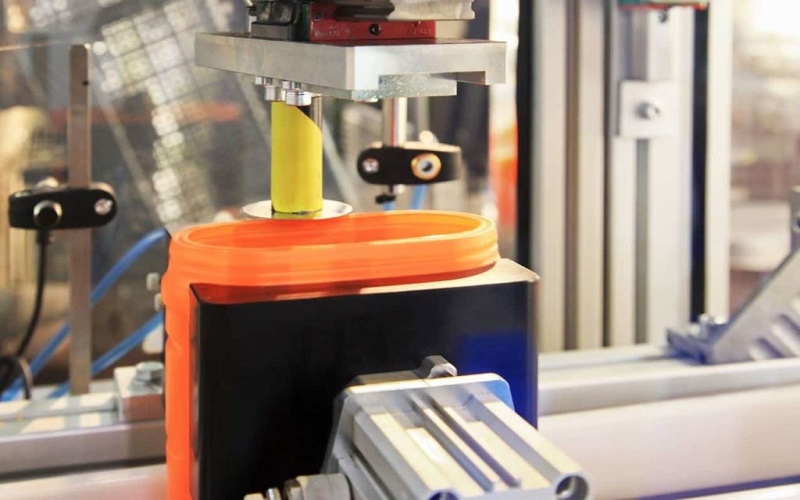Acrylonitrile-butadiene-styrene (ABS) is a thermoplastic material that is of great importance in modern industry. ABS is characterized by high strength, impact resistance, heat resistance and relatively simple processing, so it is used to make many products and parts in our daily life.
The injection method for ABS plastic is very important. First, the ABS plastic is heated to about 105°C to turn it into a liquid. The molten ABS plastic is then injected into the designed mold and rapidly cooled in the mold until it solidifies. This enables the production of plastic parts of various complex shapes. This method not only ensures parts accuracy, but also increases production efficiency and controls costs.
Therefore, understanding the principles of ABS plastic injection can help you better understand the basics of plastic processing and why ABS plastic injection technology is important.
What is ABS Plastic?
ABS is a very common thermoplastic that is widely used in many products and parts because it is not easily affected and easy to process. It is made by mixing three small molecules: acrylonitrile, butadiene and styrene. The styrene in ABS makes it a smooth, leak-proof, while butadiene makes it harder and more stable in hot or cold environments.
ABS particles are typically pale yellow or off-white in color. Although not as hard as crystal, it is very durable. Various additives can be added during manufacture to alter strength, hardness and heat resistance to suit different applications.
ABS is durable and has a smooth surface, so it is commonly used to make computer keyboard keys, plastic protective covers, power tool covers and Lego toys. These applications fully demonstrate the importance of ABS in modern industry.
In summary, ABS is the material of choice for many industries due to its ease of processing and excellent performance. As technology advances, the use of ABS continues to expand and more new applications may emerge in the future.

Properties of Plastic ABS
The common properties of ABS plastic include the following:
| No. | Properties | Specific values |
| 1. | Operating Temperature | -20°C to 80°C |
| 2. | Liquefaction Temperature | Approximately 105°C |
| 3. | Tensile Strength | 40-60 MPa |
| 4. | Shrinkage Rate | 0.5% to 0.8% |
| 5. | Density | 1.04-1.06 g/cm³ |
| 6. | Injection Molding Temperature | 200°C to 250°C |
What is ABS Injection Molding?
Injection molding of acrylonitrile butadiene styrene (ABS) is one of the most common methods of manufacturing ABS plastic products. This process uses the thermoplastic properties of ABS plastic and combines it with efficient injection molding technology to produce parts and products of various complex shapes. In short, you can heat ABS plastic until it liquefies, then pour it into a mold, cool it, and get the plastic parts of the various shapes you need.
First, prepare the ABS particles and place them in the hopper of the injection molding machine. The ABS pellets are then heated to approx. 200°C to 250°C using a heating screw, causing the ABS to become a liquid. Next, the molten ABS is injected into the pre-designed mold via a high-pressure injection system.
After ABS injection molding is complete, the ABS material begins to cool and harden inside the mold, typically at a cooling temperature of -20°C to 80°C. When the ABS cools and hardens, the mold can be opened and the molded ABS product can be removed. The whole process is fast, efficient and suitable for mass production of products.
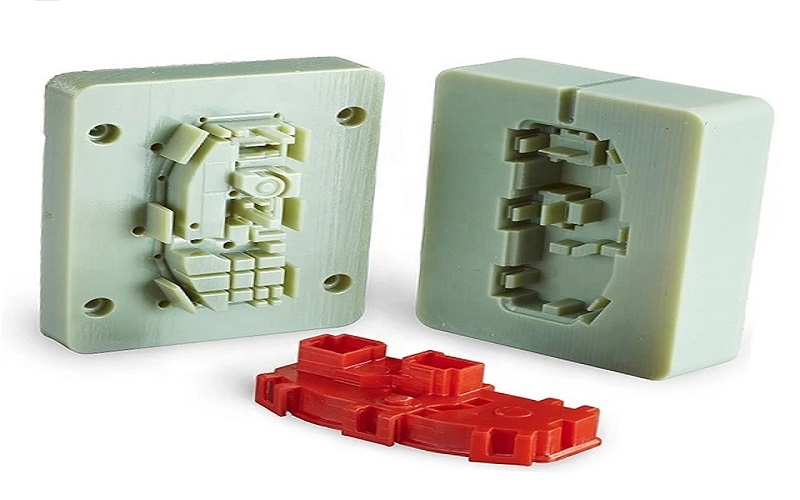
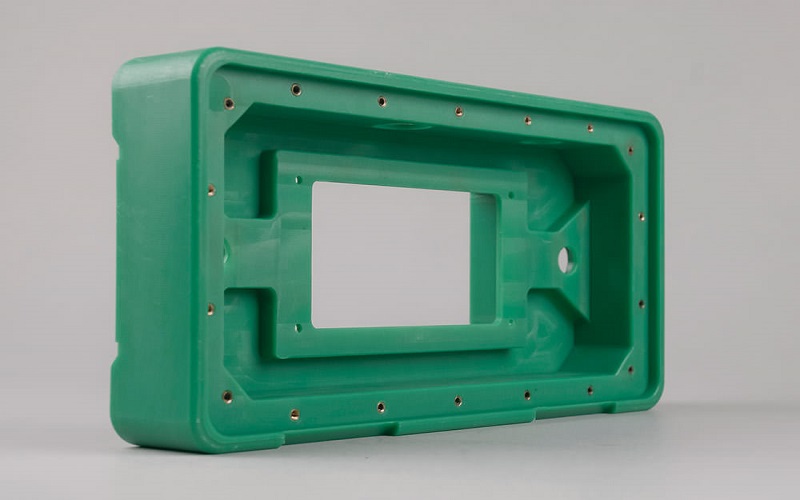
ABS Plastic Injection Molding Process Considerations
There are some things you need to do before you start your ABS plastic injection molding process. The following guidelines will ensure successful molding and the results you expect:
Drying of the ABS Plastic Material
ABS plastic tends to absorb water during processing, which can cause many problems, including making processing more time-consuming and expensive. Therefore, ABS plastic must be completely dry before injection. ABS plastic generally absorbs 0.2-0.4% water, but the moisture should be controlled below 0.05% to avoid problems during processing, especially bubbles and silver-white appearance on the surface. To dry the ABS plastic, place it at a temperature usually between 80°C and 95°C for approx. 3 to 4 hours.
Drying conditions also vary depending on the season and weather. In the dry season or winter, the temperature is around 75°C to 80°C and the duration is 2 to 3 hours. On rainy days or in summer, the temperature rises higher to around 80°C to 90°C and the time lasts longer, around 4 to 8 hours. Especially for products that must be smooth or have a complex structure, the drying time can be as long as 8 to 16 hours.
It is recommended to replace the injection machine hopper with a hot air canister dryer to ensure that the dried ABS plastic no longer absorbs water. However, it is important to monitor the humidity in the container to avoid overheating of the material during production. In addition, it is important to note that the proportion of recycled materials should not exceed 30%, and galvanizing grade ABS plastic should never be made from recycled materials.
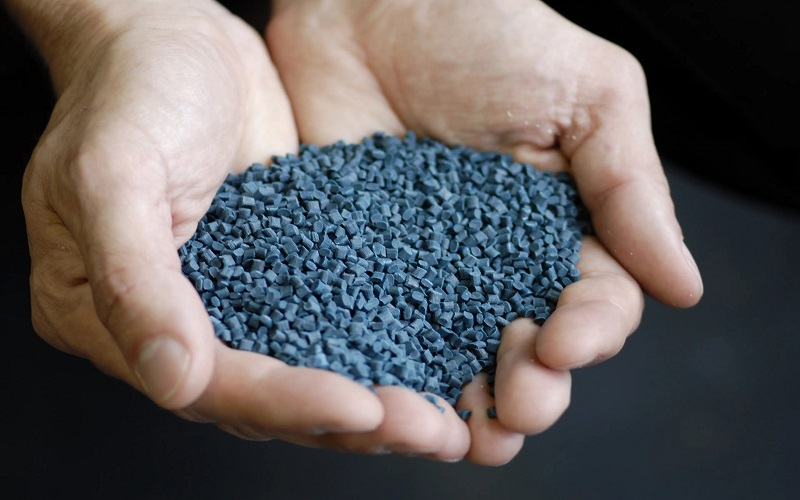
The ABS Plastic Injection Molding Temperature
The relationship between the processing temperature and the melt viscosity of ABS plastic during the injection process is different from other amorphous plastics. Once the softening temperature suitable for processing is reached (typically 220-250℃), further temperature increases will arbitrarily cause thermal degradation of ABS, increase melt viscosity, make injection more difficult and degrade the mechanical properties of the part.
Greater changes in temperature result in more serious defects including weld seams, poor gloss, fading, mold adhesion and discoloration. It also applies that the higher the temperature, the shorter the time the plastic is exposed to this temperature to prevent deterioration. Therefore, the ABS injection temperature must be limited. When using ABS plastic and molds, the recommended temperature control range for processing is 180~230℃.
The ABS Injection Molding Speed
ABS plastic is usually processed by hydraulic injection molding machine.Injection speed is critical to the quality of the final product. A moderate spray speed is recommended for ABS materials during the injection process.
If the injection speed is too high, the plastic can burn or degrade, resulting in defects such as welds, poor gloss, and even red plastic near the ports.
Conversely, if the speed is too low, the mold will be underfilled. Therefore, a balanced driving force is required for proper handling of the material. To ensure dimensional stability, the injection volume required for ABS plastic is generally smaller than for other plastics.
ABS Injection Pressure Control
Unlike other injection materials, ABS plastic has a higher viscosity and therefore requires a higher injection pressure. However, not all ABS parts require high pressure injection. For simple, small or thick-walled products, lower pressures can be used for injection molding.
If the injection pressure is too high, friction can cause mold parts to stick together, making it difficult to separate the moldings and increasing production costs. On the other hand, if the pressure is too low, the rate of shrinkage after molding increases, which may lead to product deterioration and poor quality.
During the injection process, especially when the gate is closed, the pressure in the mold cavity affects the surface smoothness and silver line defects of the final product.
Therefore, when injecting ABS plastic, it is necessary to choose a suitable injection pressure according to the specific characteristics of the part and requirements in order to ensure the quality and molding effect of the final product.
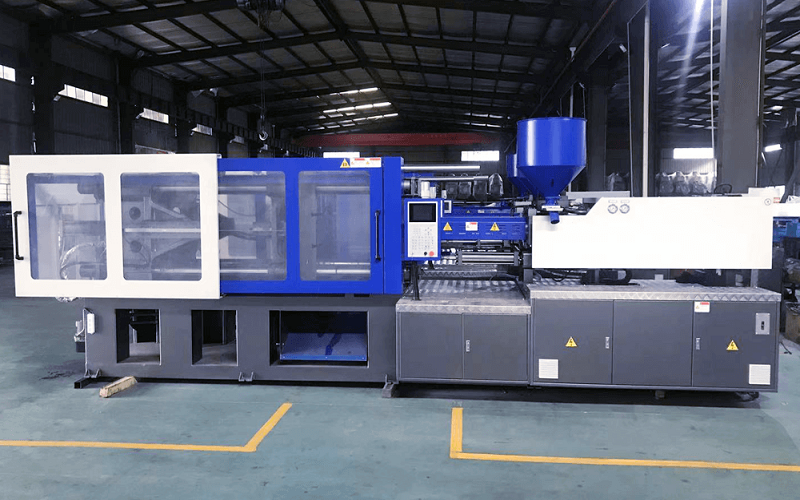
Applications of ABS Plastic Molding
Through injection molding, ABS plastic can be processed into various shapes and sizes and used in industry and daily life. These include the following areas:
First, the consumer goods industry.The consumer goods industry uses ABS to make computer keyboard keys. Because it can make the surface smooth and shiny, and it is not easy to get dirty. It is particularly suitable for frequently used items such as computers.
Second is the construction industry. ABS materials are mainly used for the production of drain pipes and connection accessories. This is because ABS has excellent resistance to corrosion and wear, ensuring that pipes and fittings remain in good condition during long-term use.
Third, the automotive industry. There is also a high demand for ABS plastic in the automotive industry. ABS is light, durable and has high strength, so it is widely used in the production of car parts such as dashboards, seat belt parts, door trim and bumpers. In particular, ABS has shown unparalleled benefits in auto parts that require weight reduction and are looking for a replacement for metal. In addition, some small parts such as door supports, various parts of the dashboard, pillar trim, handles and harness parts are also integrated in the ABS application.
Fourth, commercial applications. ABS material also plays an important role. ABS materials are widely used in the home, such as refrigerator liners, vacuum cleaners, control panels and food processors. This is because ABS not only looks good, but is also durable and guarantees a long product life.
Fifth, the medical industry. ABS also plays an important role in the medical industry and is used to manufacture medical equipment such as compressors and nebulizers. ABS material has excellent durability and machinability and is widely used in medical equipment.
In summary, ABS material has proven to play an irreplaceable role in various industries due to its versatility, durability and excellent processing performance, and has become one of the preferred materials for many products.

What Are the Advantages of ABS Injection Molding?
ABS injection technology has several important advantages:
1.High production efficiency.
It can quickly and automatically produce large quantities of high-quality products suitable for mass production, ensuring the consistency and accuracy of each component.
2.Wide range of applications.
ABS materials are widely used in a variety of industries, including home appliances, automobiles, electronics, construction, and medical treatment. Excellent mechanical properties and weather resistance enable the production of parts with complex geometries and rich details and adaptability to a variety of demanding use environments.
3.Flexibility in color and material.
The ABS material is very flexible in color and material selection. Due to the high sensitivity of the pigment, products can be produced in different colors and different surface treatments such as painting, electroplating and printing are possible, and the material can be improved by adding additives and fillers. Features that meet the needs of a variety of applications.
4.Reusability.
ABS material has excellent recyclability, which can reduce waste and environmental pollution, reduce raw material costs, meet the requirements of sustainable development in modern enterprises, and also meet environmental protection regulations and market requirements.
5.High impact strength.
ABS material has excellent impact strength and can withstand large external forces without breaking easily. It is suitable for the production of products that require protective functions, such as car bumpers and mobile phone covers, and maintains stable mechanical properties and reliability even after long-term use.
In summary, ABS injection molding technology and the many advantages of its materials make ABS one of the widely selected materials in various industries.
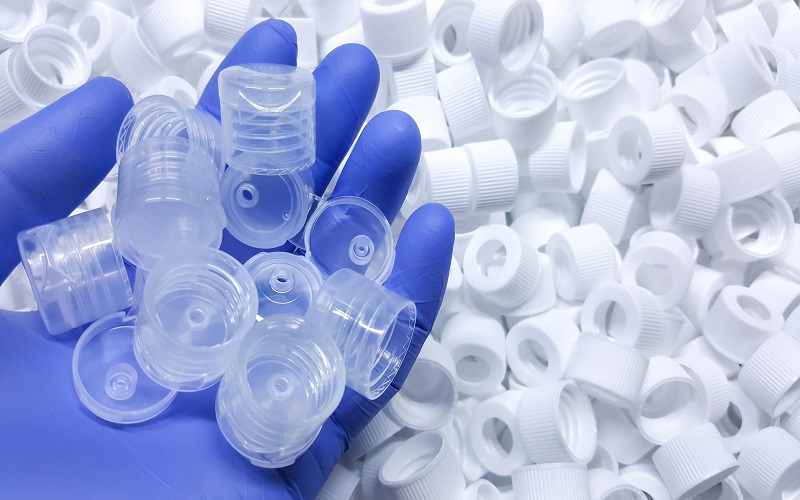
What Are the Disadvantages of ABS Injection Molding?
ABS plastic has some important design limitations.
1.Long mold production cycle:
ABS injection molding requires complex design and high-precision molds, so the production cycle is long, which delays the product release time.
2.Low resistance to UV radiation:
ABS has low resistance to UV radiation. Prolonged exposure to sunlight causes material aging, discoloration and performance degradation, which limits durability and reliability in outdoor applications.
3.Poor chemical resistance:
ABS is sensitive to certain chemicals such as strong acids, strong bases, alcohols and esters, and is easily corroded and dissolved, which limits its use in chemical environments.
4.Flammability:
ABS material itself is flammable. Without flame retardant treatment, the combustion performance is poor and its use may be limited in some areas that require high safety standards, such as electrical enclosures and automotive interior materials.
In summary, ABS has certain mechanical properties and molding advantages, but these limitations must be carefully considered and addressed in specific application scenarios.
Conclusion
If you are looking for an economical injection molding material, ABS is a good choice. ABS is one of the most common plastics used in plastic injection molding.
Our company has rich production experience and can make full use of the advantages of ABS materials and overcome the possible disadvantages.Through years of practice and technology accumulation, we have built a complete set of process flow and quality control system of ABS injection molding.
We can provide high-quality ABS injection molded products to meet the various needs of customers, including automotive components, electronic and electrical enclosures, consumables and medical equipment.

